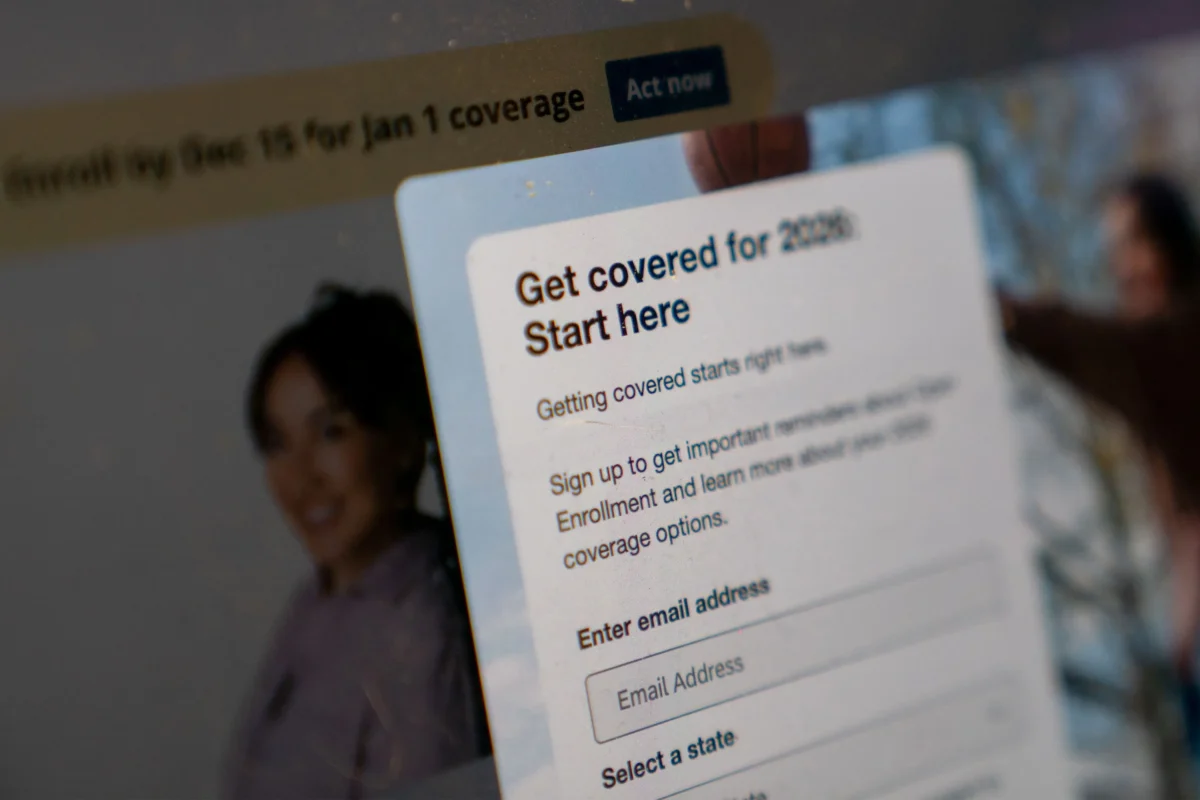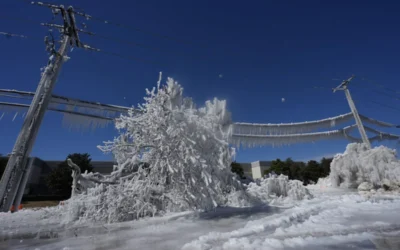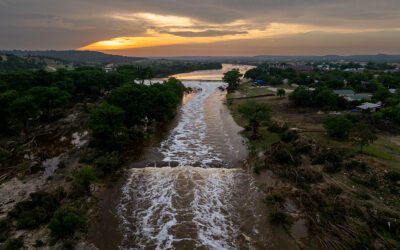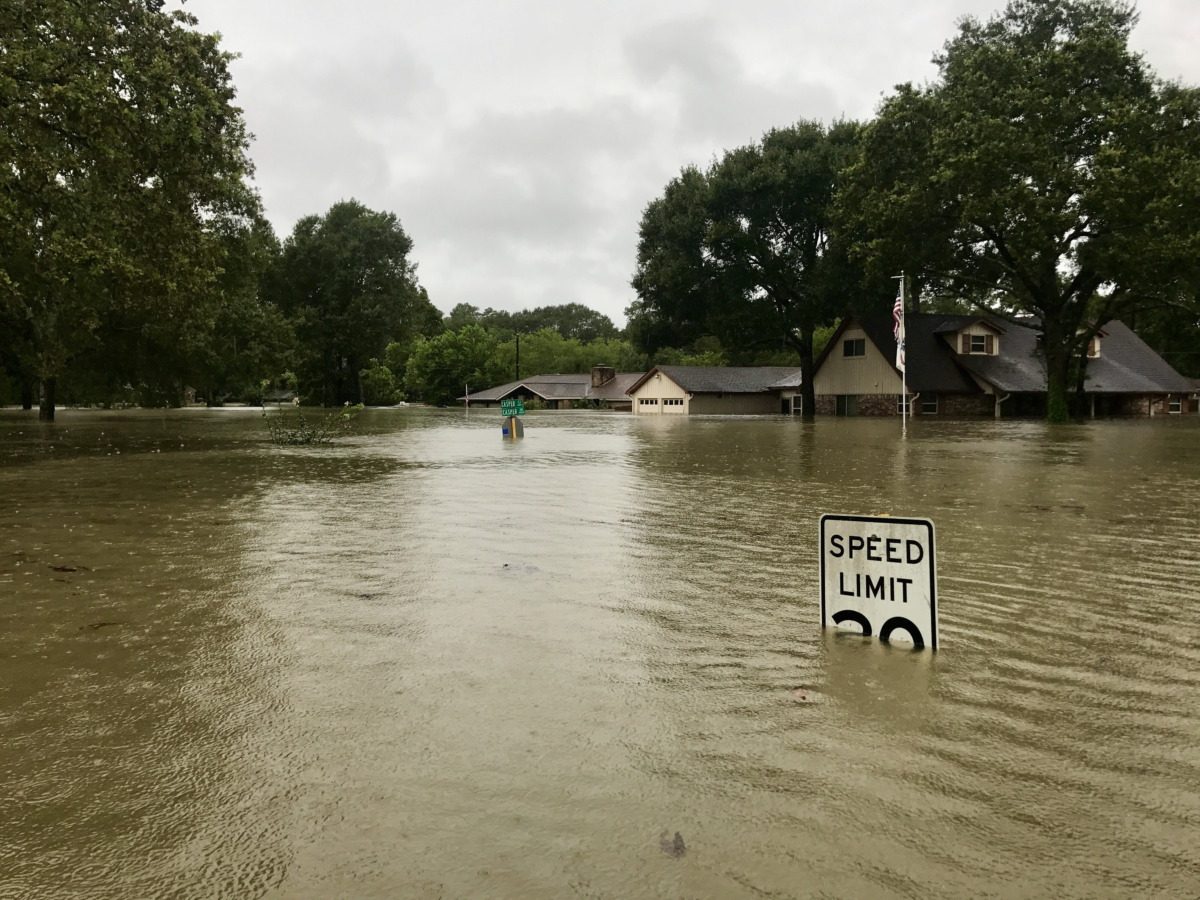
Photo courtesy of MDay Photography.
We’re approaching the start of hurricane season in Texas. The safest route is to plan ahead before a storm is on the horizon—here’s where to start.
Hurricane season in Texas runs from June 1 through November 30. That’s six full months of the year when these weather events can impact several cities throughout the state. Some hurricanes are among the deadliest natural disasters in Texas history.
You’ll likely encounter hurricane watches and warnings if you live near a hurricane-heavy area. A hurricane watch means hurricane conditions—sustained winds of 74 miles per hour or greater—are possible within the area receiving the watch. A hurricane warning means those same conditions are expected. Both events require preparation and paying attention to news and updates.
Of course, the best time to prepare for a hurricane is before the winds reach those levels. These eight tips will guide you to be as ready as possible for a significant weather event.
1. Build your grab-and-go bag
A hurricane warning is issued 36 hours ahead of time to give people an opportunity to prepare, but you can have the majority of your grab-and-go bag ready even before then. This bag is your disaster supplies kit that includes what you’ll need to survive should an evacuation be necessary.
Even if you ultimately shelter in place, a hurricane could leave you without power or running water and cause other disruptions. Generally, the grab-and-go bag should include at least a week of supplies. The most important thing is one gallon of water per person for several days, which can be used for drinking and sanitation purposes.
Beyond potable water, add these items to your disaster supplies kit:
- Non-perishable food and a can opener
- First aid kit
- Toiletries
- Portable chargers
- Flashlight or headlamp
- A battery-powered or hand-cranked radio to get news updates
- Additional batteries
- A few changes of clothes
- Plastic sheets, dust masks, and moist towelettes for sheltering in place and staying sanitized
- Pet carriers, collars, leashes, and food
- Cash in case credit card machines are down
- Any necessary medication
- Important documents with emergency information and contacts—it’s also a good idea to have a backup copy and store computer data in the cloud
2. Plan your strategy
On a typical day, you can walk out your front door and move down the street without issue. During a hurricane, however, various parts of the house or roadways might be inaccessible due to flooding, so have an evacuation route—and a backup plan or two—mapped out before an event happens. Print out or buy maps beforehand so you know where to go in case cell phone service gets disrupted.
When sheltering in place, know which room you’ll go to. A wind-safe room is ideal; otherwise, a small room or closet away from windows can work. If you must evacuate, a more inland destination is generally a safer bet, so heading from the Gulf area toward Dallas or Austin is typically the right move. However, every storm is different, so check the hurricane’s projected path to ensure you’re not accidentally heading toward it.
This strategy should also include a game plan for your pets. Your vet or the nearby humane society can provide intel on where to take them. Emergency shelters can’t welcome furry friends due to sanitation concerns, so either plan to drop your pets off with a far-away friend in advance or figure out which hotels are pet-friendly.
3. Fill up your gas tank and bathtub
Running out of gas is bad in any situation, but it’s especially tough during hurricane season in Texas. If you must evacuate, the best time is before rainfall and severe winds arrive. Otherwise, staying home and waiting out the bad weather may be safer.
Since there may be lots of traffic getting out of the city—many other residents are doing the same thing—you don’t want to get caught in a situation without gas. Avoid letting your car get much lower than half a tank before refilling it.
If you do stay at home, bad storms can cause extensive power outages that last for several days. By filling your bathtub with water ahead of time, you’ll have extra resources for washing up and flushing the toilet if need be. Filling your tub with water is also a good strategy in advance of a winter freeze. Only have a shower and no bathtub? Use buckets, pitchers, or other containers to store water in advance.
4. Stock up on prescriptions and chargers
If you or your family (including pets) have any prescription medication you take regularly, it’s worthwhile to order an extra supply when it’s hurricane season in Texas. Weather events may heavily impact a pharmacy, making it take longer to fill orders. You don’t want to find yourself in a situation where you can’t get the medication you need.
Similarly, you’ll want your phones charged to communicate with others and get news alerts. Buy a solar-powered or portable charger that can keep devices up and running, and don’t be afraid to get an extra, just in case. Those chargers are quite useful on vacation, too, so you’ll get your money’s worth.
5. Empty your patio and balcony, and shutter windows and doors
Hurricane winds are exceptionally powerful—remember, gusts have to be at least 74 miles per hour strong to be classified as a hurricane. Those winds can easily uproot furniture and other items in your front or backyard, patio, and balcony. When alerted about a hurricane watch or warning, bring anything that’s not secure inside. That includes patio furniture, lights, umbrellas, bicycles, hanging plants, sporting equipment, and tools. Remove any loose tree branches in your yard and trim back shrubs and plants.
The strong winds can also plow right through windows and doors. FEMA suggests using storm shutters on windows and doors, which help keep water, wind, and debris from entering your home. Nailing plywood planks is another alternative to shuttering doors and windows.
6. Ready your appliances and plumbing
Severe winds can impact power and water, affect drainage systems, and even start fires. Test your sprinkler systems and sump pumps to ensure they’re functioning normally. If you don’t already have one, pick up a fire extinguisher and learn how to use it correctly. Additionally, turning your refrigerator and freezer to their lowest temperatures can aid in preserving food if the power goes out.
If you are forced to evacuate, remember to turn off your utilities and disconnect appliances and electronics. Doing so can help minimize electric shocks and power surges when you return.
7. Take pictures of your home
It’s possible to go through hurricane season in Texas without a single storm. But when bad weather strikes, it can damage homes and destroy property. For insurance purposes, document the valuable possessions in your home. If the worst-case scenario happens, you may be able to submit a claim to cover some or all of the damages.
It’s also worth knowing the various phone numbers to call. Dial 9-1-1 in an emergency, 3-1-1 to reach the City of Houston line, and 2-1-1 for evacuation assistance.
8. Stay safe and up to date
Reports from local news stations, alert apps, and updates from the National Hurricane Center will keep you informed before, during, and after a hurricane. They can help you make the right decisions to remain safe. Sign up for emergency alerts on your phone, as well. These push notifications will go directly to you with updates on what to do. It’s also a good idea to befriend your neighbors and have their contact information handy so you can check on them and offer each other updates about what’s going on.
Always remain on high ground. The National Weather Service has a saying with hurricanes and flooding: “Turn around, don’t drown.” If you see standing water on your evacuation route, do not try to drive or walk through it. The water could be much deeper than it appears, with potentially strong currents underneath the surface. Your safest decision is to turn back and look for another path.
This article first appeared on Good Info News Wire and is republished here under a Creative Commons license.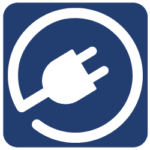
Related: The 11 deadliest natural disasters in Texas history






